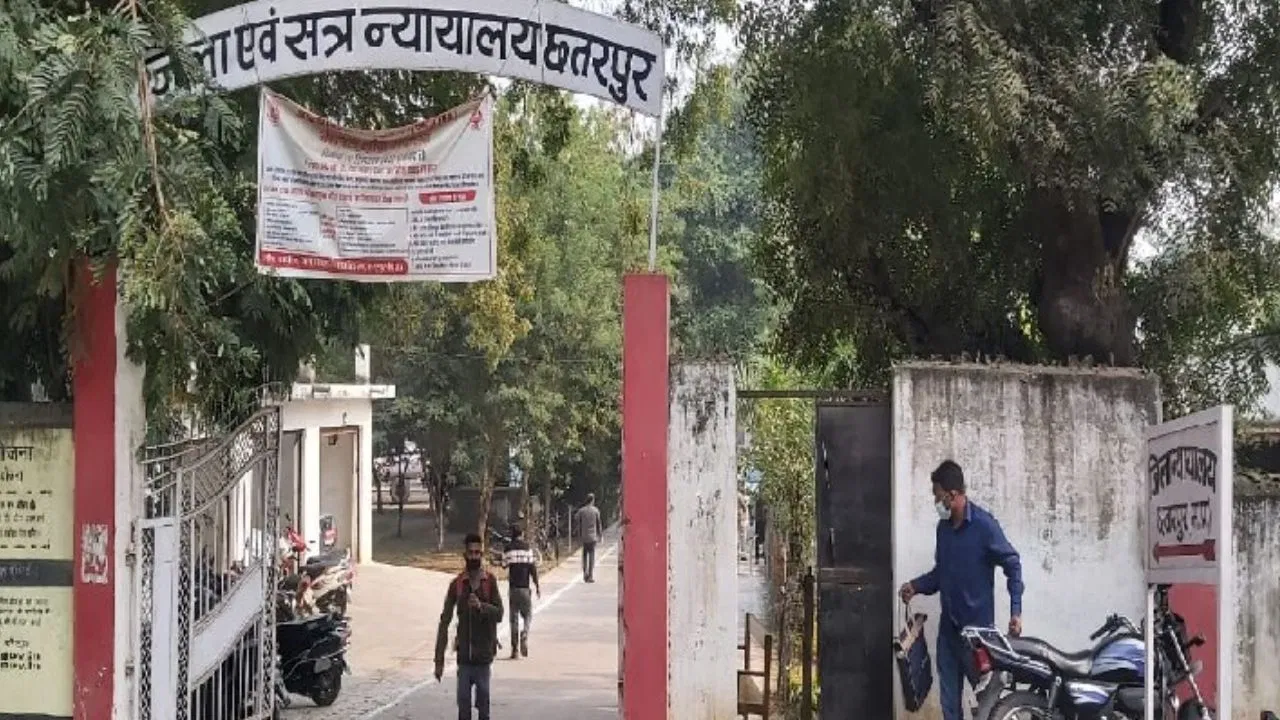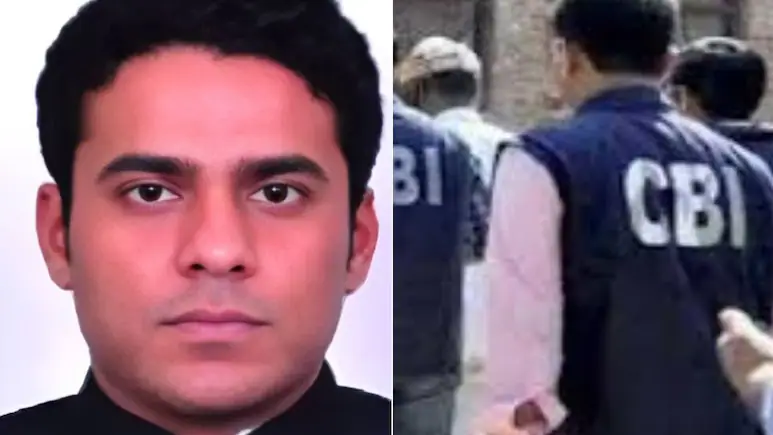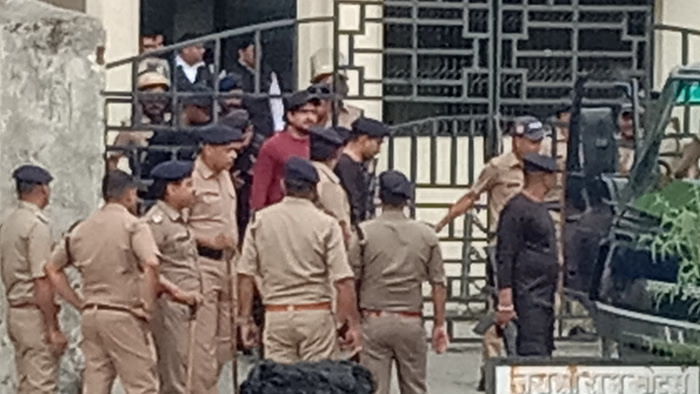Gutkha Pick Leads to Life Sentence in Chhatarpur Murder Case: A Twist in the Investigation
- byPranay Jain
- 24 Apr, 2025

A chilling murder case in Chhatarpur, Madhya Pradesh, that had remained unsolved for nearly three years, took a dramatic turn when a gutkha pick found at the crime scene became the key to solving the mystery. On 26 January 2022, a blind murder case came to light when the body of Sanju Anurag, a resident of Toria Mohalla in Chhatarpur, was discovered near the Gathevra underbridge in the Civil Line police station area. The murder was initially puzzling, with no witnesses and no clear suspects.
How the Investigation Unfolded
The police began investigating the case as a blind murder, with no immediate leads. During the probe, investigators found a gutkha pick stuck in the car where the murder had taken place. This small piece of evidence became pivotal in the investigation. Authorities sent the pick for DNA analysis, which eventually led them to Santosh Kori, a suspect with a connection to the victim.
The DNA evidence was a breakthrough, linking Kori to the crime scene. With this strong forensic evidence, the police arrested Kori and his accomplice, Mukesh Kori, who was involved in the murder. The case was soon brought to trial.
The Murder Motive
Further investigation revealed that the motive behind the murder was financial. Sanju Anurag had pledged his gold bracelets to Santosh Kori and borrowed Rs. 60,000 against them. When Sanju later arranged the money to redeem the bracelets, Kori refused to return them, leading to a heated dispute.
To settle the matter, Kori lured Sanju for a meeting, along with his partner Mukesh Kori, under the pretext of resolving the issue. However, during their conversation near the underbridge, the two men strangled Sanju with a clutch wire, ending his life.
Court's Verdict
The DNA evidence from the gutkha pick played a crucial role in the court's decision. Based on the compelling forensic findings, the court sentenced Santosh Kori to life imprisonment for the murder of Sanju Anurag. The case serves as a reminder of how small, seemingly insignificant evidence can make a big difference in the pursuit of justice.




